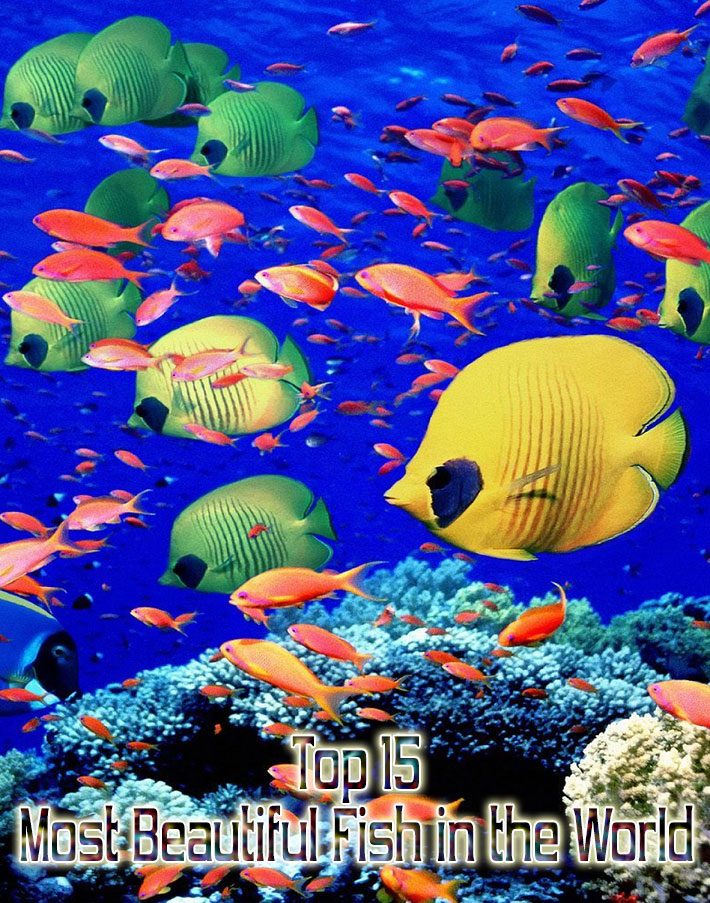
One of the main reasons why people spend so much time, effort, and money setting up aquariums is to enjoy beautiful fish in their homes or workplaces. Today, it is easier than ever to have some of the world’s most visually stunning species of tropical fish in your living room or office. However, the huge popularity of these beautiful fish makes some of them threatened in the wild because they are harvested for the aquarium trade. Fortunately, breeding captivity should soon be able to supply the world’s fish lovers and protect wild populations.
Mandarinfish
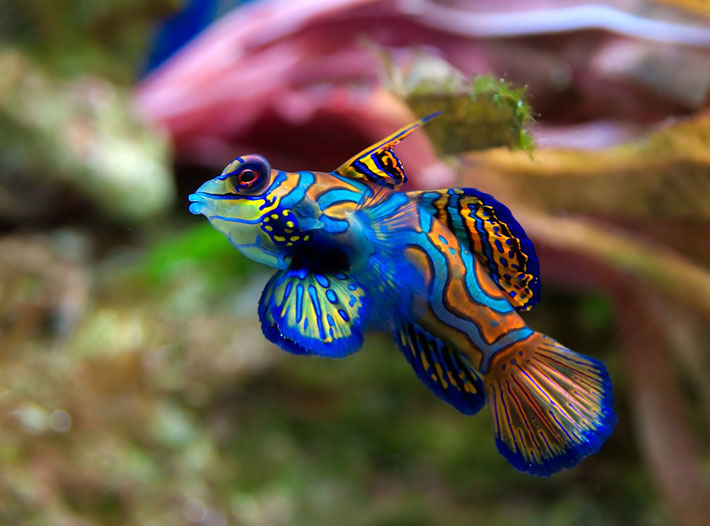
Also known as the Mandarin Dragonet, this fish comes from the Southeast Pacific region just north of Australia. It is one of the most beautiful fish species with its plumes and bright coloring. The Mandarinfish is also very difficult to keep in an aquarium because it only eats live food. They are also very hardy and resistant to some common fish diseases.
Discus Fish
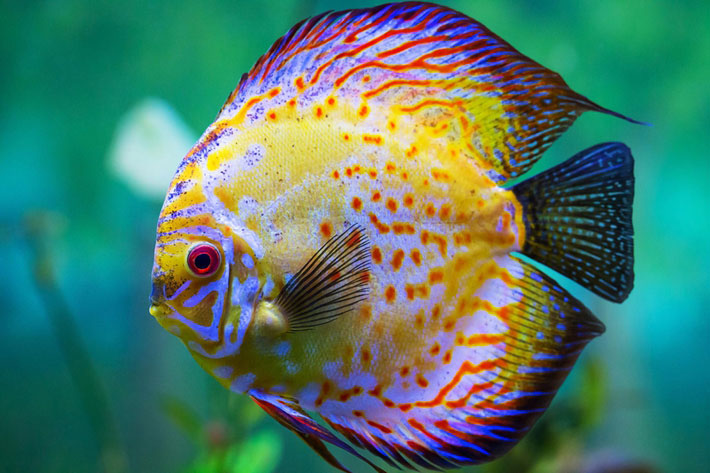
The Discus fish is a kind of cichlid from the Amazon River Basin, is one of the most popular species of freshwater aquarium fish. There are many color variations, but Discuses can also be very expensive, sometimes costing between $50 and $80 apiece. Since they are a freshwater fish, Discus can be expensive to care for. Discuses are also known as Pompadour Fish—a reference to French King Louis XV’s mistress, Madame Pompadour.
Moorish Idol
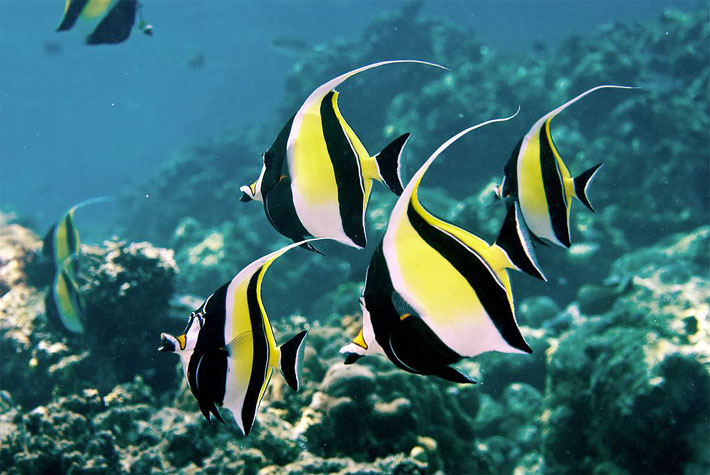
As one of the most distinctive and beautiful fish, the Moorish Idol is the only surviving member of the prehistoric fish family Zanclidae. Despite its popularity, the Moorish Idol can be difficult to keep in an aquarium because of its short life span. The fish gets its name from the Moorish people of Africa, who believed it was a talisman of good luck.
Flame Angel
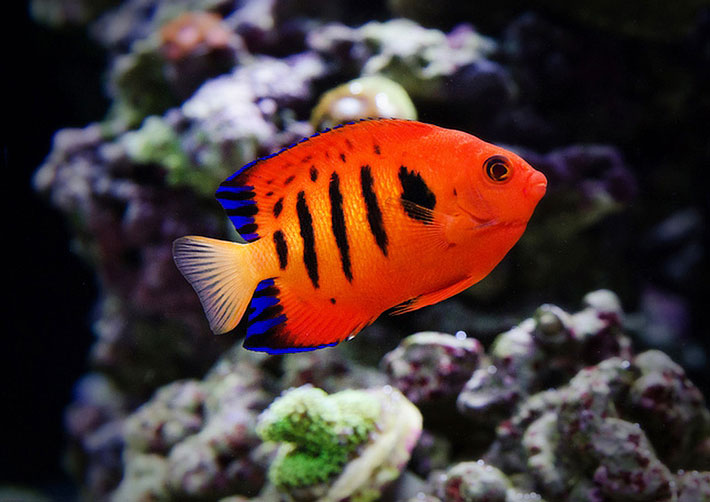
It is easy to see why this fish, which is also known as the Flaming Angelfish and the Japanese Pygmy Angelfish, got its name. It is one of the brightest colored fish in existence. This saltwater fish comes from the reefs of the Pacific Ocean and can be found as far west as Hawaii. Flame Angels are a popular aquarium fish because they eat virtually any food.
Regal Tang
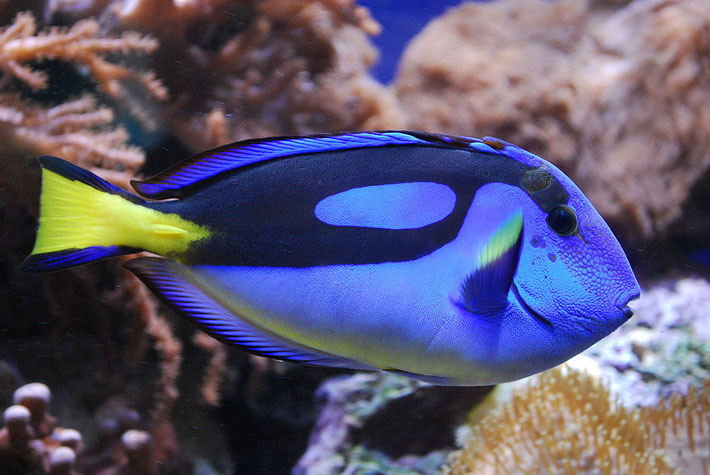
Also called a palette surgeonfish or a blue tang, this brightly colored fish was popularized by the movie Finding Nemo, which featured one as a character. Like many other aquarium fish, they are found in reefs throughout the Eastern Pacific. It is a very fragile fish and is very vulnerable to infections despite its popularity.
Parrotfish
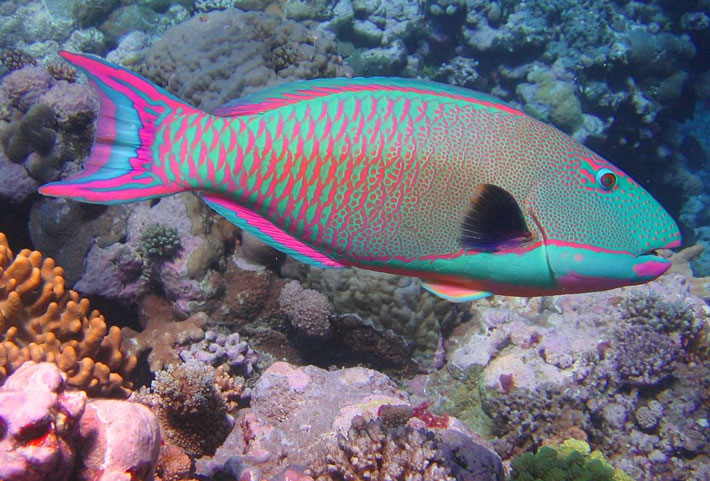
There are actually around 90 different species of fish called parrotfish. This fish gets its name from the hook-shaped beak. Parrotfishes make poor aquarium fish because of their unusual feeding habits. Parrotfishes are considered important to the survival of coral reefs because they eat seaweed and other pests that can destroy the reefs. Environmentalists would like to see parrotfishes protected in order to protect coral reefs.
Clownfish
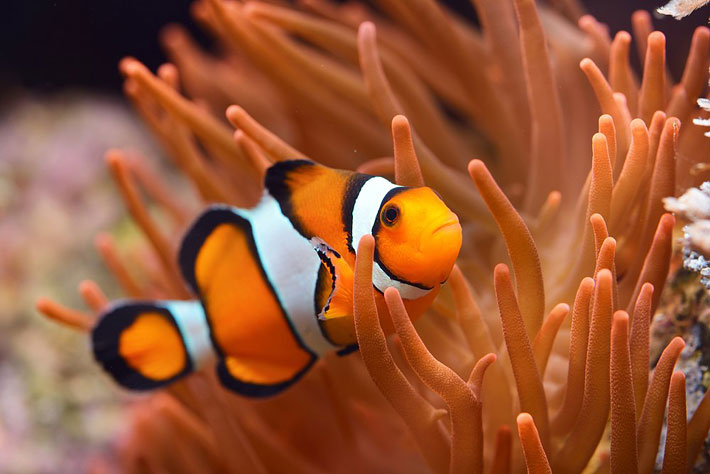
Clownfish are one of the most popular aquarium species and also considered as one of most beautiful fish in the world; up to 43% of the marine ornamentals sold are clownfish. Around 25% of these are bred in captivity. Clownfish have a very unusual biology, and their sex can actually shift between male and female. They also form colonies and care for their young. The male actually guards the eggs, which in the wild are laid on a sea anemone, a creature the fish protects. Experts believe that successful breeding of clownfish will be necessary for this species to survive in the wild.
Banggai Cardinalfish
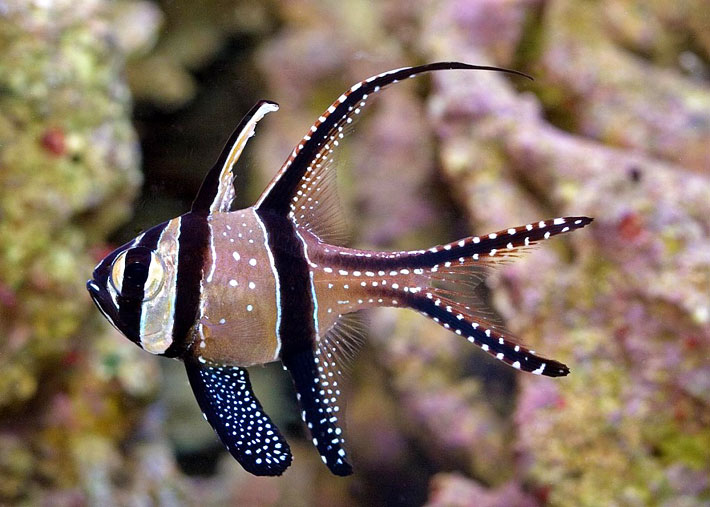
This native of the Banggai Islands of Indonesia is one of the most popular aquarium fish and one of the few marine fish that is now regularly bred in captivity. It is an endangered fish in the wild because of overfishing. Banggai are unusual in that the fish actually court each other before breeding. As in other fish species, the female lays the eggs, but the male cares for them.
Blueface Angelfish
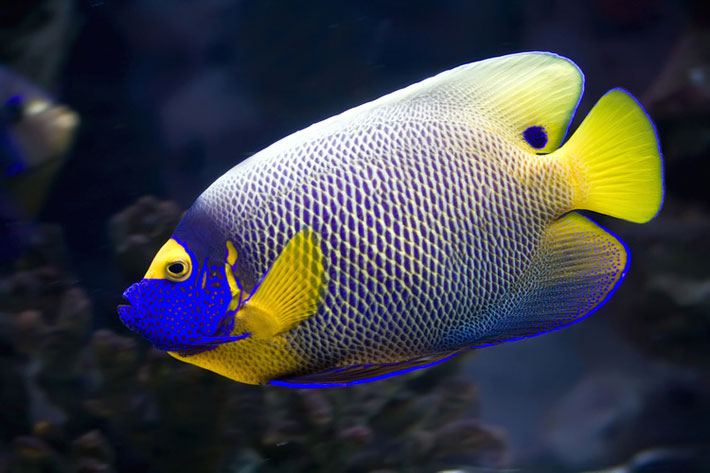
Also known as the yellowface angelfish, this fish is unusual because its face is brighter than the rest of its body. In the wild, this fish has a wide range; it is found throughout the Indian Ocean, Indonesia, Australia, Micronesia, and as far north as Japan. In the wild, these fish often live in caves and lagoons.
Dwarf Gourami
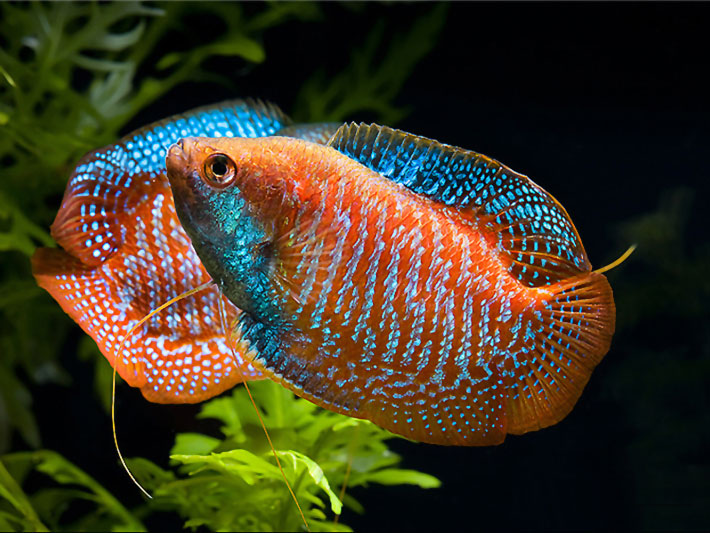
This beautiful fish originated on the Indian subcontinent but it is now found all over the world because of its popularity. It is among the easiest aquarium fish to breed and keep because it eats both algae and meat and most fish food. Gourami can come in a variety of colors, including blue and red flame, which adds to their popularity.
French Angelfish
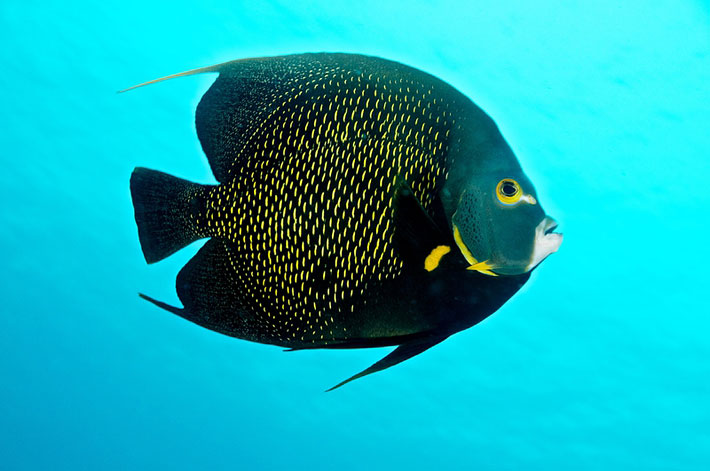
Despite its name, this fish is actually found throughout the Atlantic; it can live as far north as the waters off New York City. Unlike some aquarium fish, it is considered good to eat and is sometimes sold in fish markets. It can be raised in captivity. Because it can grow up to 41 centimeters in length, it is one of the largest aquarium fish.
Lyretail Anthias
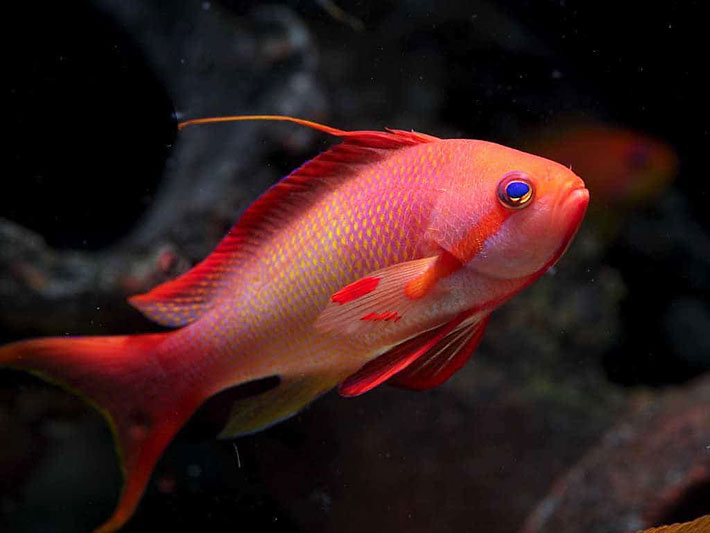
Also known as the Scalefin, the Sea Goldie, and the Lyretail Coralfish, this popular saltwater fish can be hard to keep because it requires live or frozen food. These fish have a wide range; they have been found in the Red Sea, the Indian Ocean, the Persian Gulf, and the Pacific. They normally live on coral reefs in the wild, and like other species of aquarium fish, they do change sex occasionally.
Yellow Butterflyfish
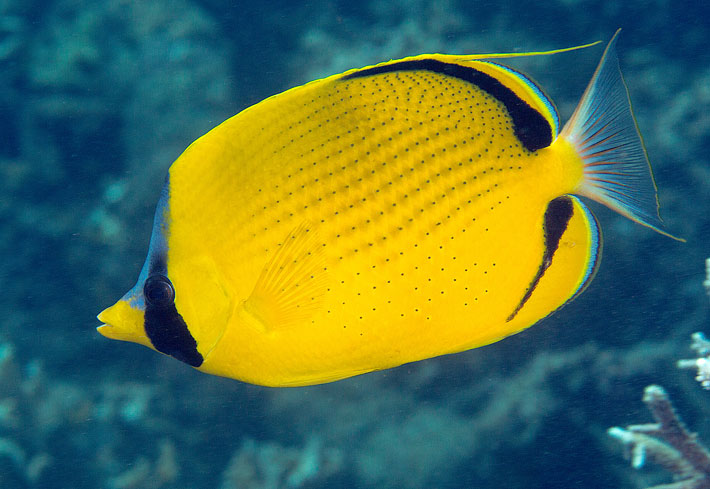
Butterflyfish come in many variants and hues. Their name was so given because many variants display spots that look like the patterning found on butterflies.
Symphysodon Discus
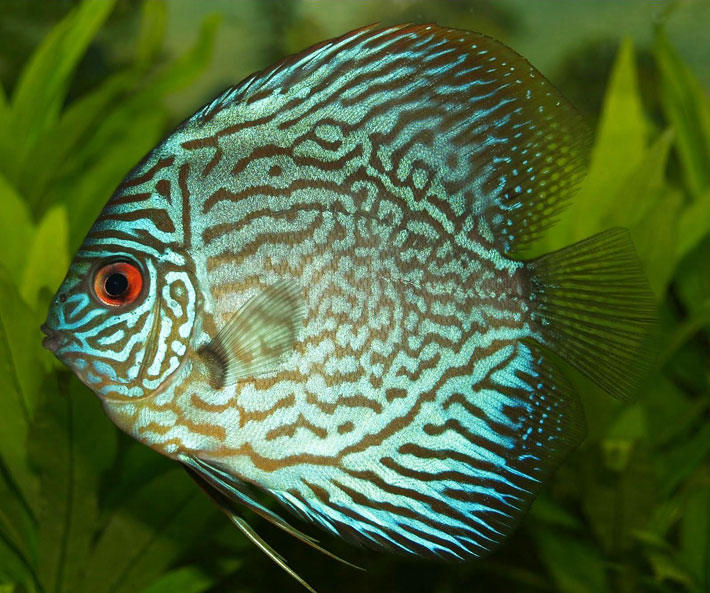
Unlike other aquarium fishes symphysodon discus fishes shows intelligent behaviors, that is displaying of different moods. This behavior of discus fishes makes them as a common aquarium fish. It is native to the Amazon basin of South America, found in blue, brown, green, reddish and golden colors. They are very social, always travel in groups. Sea turtles and large fishes are the main predators of discus fish.
Juvenile Angelfish
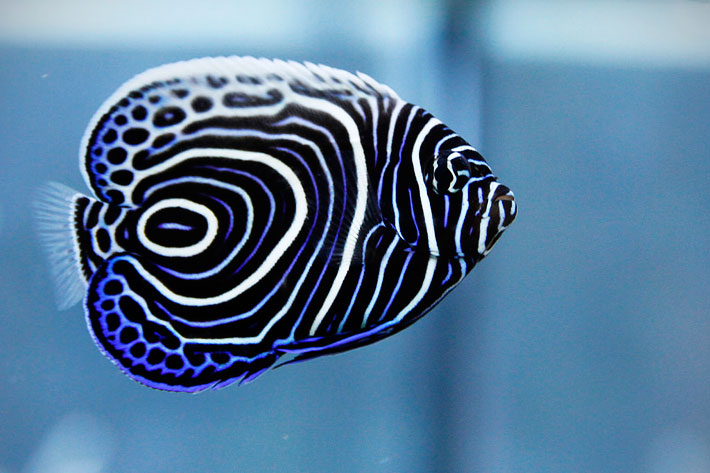
One of the most beautiful fish that belongs to the marine angelfish family. They are incredibly decorated naturally with several shades of blue and purple colours. The juveniles are attractive with an electric blue coloured body with white circular lines. When get matured, the colour pattern changes and adult fishes develop dark black circles the eyes and yellow and the blue line across their body. They choose the places near reef as their dwelling place. They are omnivorous. Juvenile angelfish has always been the attraction for photographers and fish lovers for their brilliant colour combination.


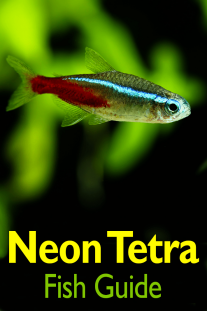
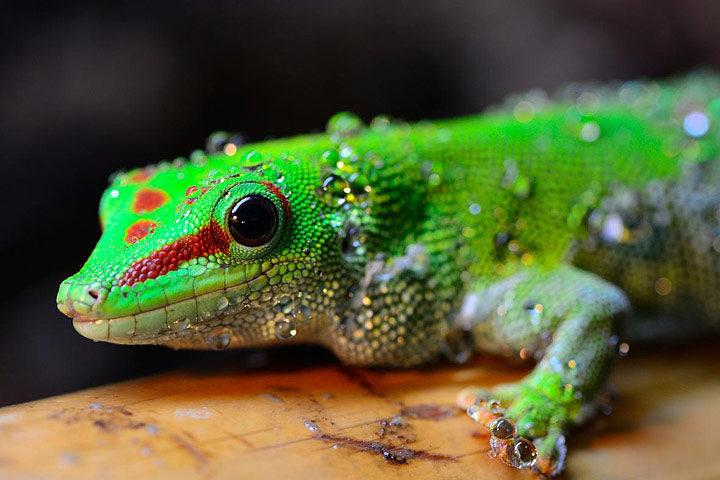
Leave a Reply